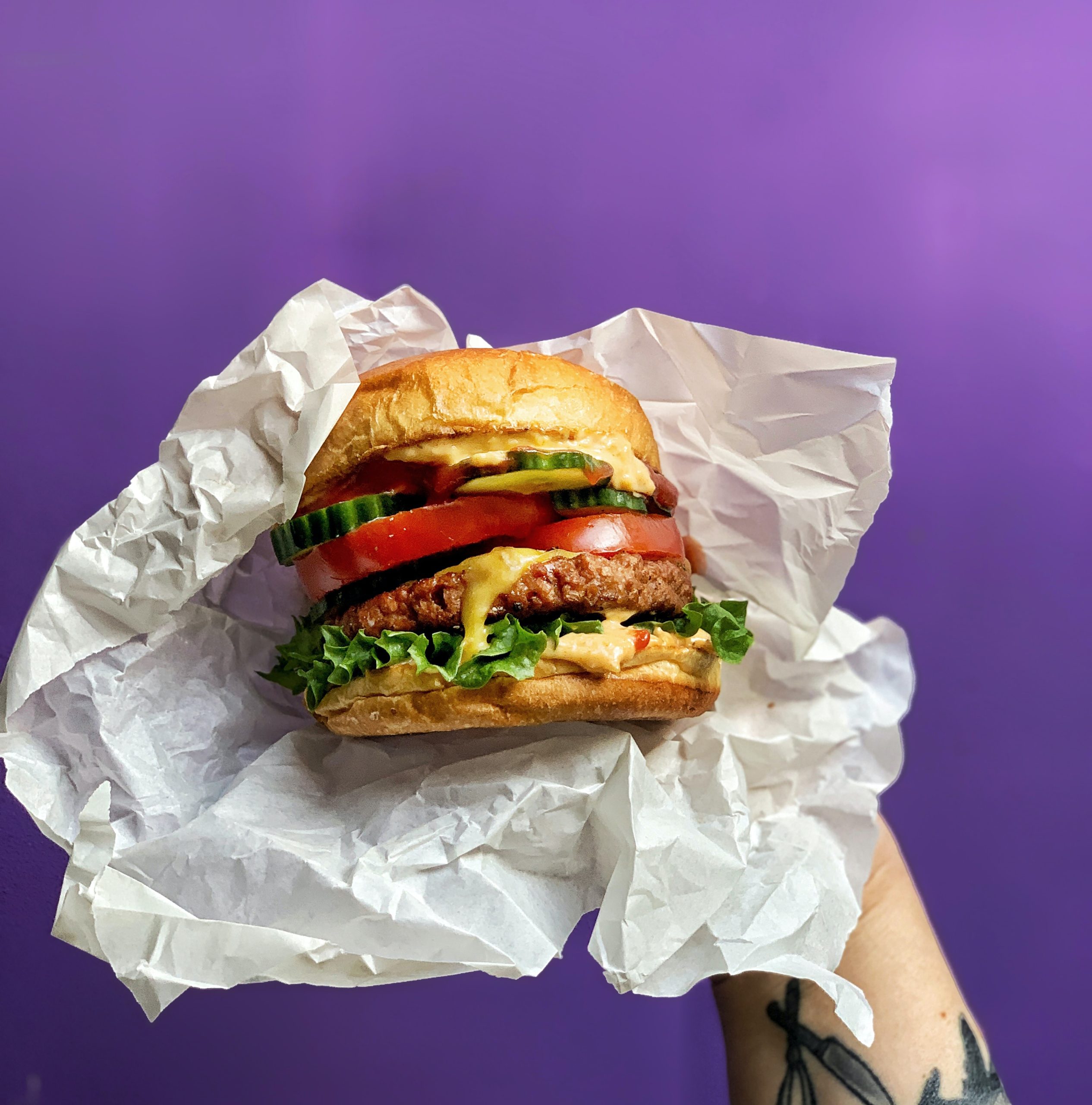September 23, 2024
5 Advanced Email Marketing…
Is your business looking to implement some new B2B email...

Allotts, experts in marketing to the food and beverage sector, explores the future of alternative protein including the demand for these proteins and the potential impact this will have on future purchasing patterns. We will also investigate how consumer trends are shifting to be more health conscious.
Why is it that we are so drawn to the very foods that are bad for us? A shop window full of beautifully presented cakes attracts vastly more attention than a fruit and vegetable stall, even though we know that is what we should be eating. Food has changed at unprecedented levels in the past 50 years, and now the majority of food we eat is ultra-processed, leading to an increase in diet related health problems including diabetes and heart disease.
Despite the much-discussed intervention programmes there has been no long-term success in turning the tide on the growing problems of an overweight nation. But there is an undercurrent of change in the food industry as a reaction to this and other more pressing international issues such as population growth and climate change.
The market for meat alternatives is booming. There has been an explosion in alternatives, from the earlier days of vegetarianism and veganism, where brand leaders Quorn (founded 1985) and Linda McCartney (founded 1991) set out to change the landscape of the food industry.
Valued at around $19.7 billion in 2020 and expected to reach $36.3 billion by 2030, this is one growth area that food producers would be foolish to ignore. According to Innova Market Insights, in the US, 21% of consumers increased their intake of non-meat-based proteins in the last year.
But at least for now, insects as a protein source remains in the future as very few have been certified as fit for human consumption in the major markets. Perhaps one day we will be making protein shakes with grasshoppers?

According to Mintel, one of the main food trends of 2023 has been identified as food with purpose, or food as medicine, so a step or two beyond simply excluding allergens from specific foods, this enhances food with healthy additives. Labelling conventions notwithstanding this seems like a health trend that could work. While over 60% of the population in the UK are either overweight or obese, help on health is needed.
Industrialised nations often offer the most growth potential for food innovations:
Which begs the question: will meat eventually become the alternative protein source?
Throughout the Covid-19 lockdowns, social media became a space for people to experiment with foods, and the influence on millennials was huge, with no possibility of eating out, they were broadening their horizons within the home, seeking out new recipes or foods to try. Generation Z and Millennials are the most likely to become vegan, and the flexitarian lifestyle is now appealing to 20% of the population.
Cultivated meat is clearly not strictly an alternative as it’s meat grown in lab conditions, but a cruelty-free version of meat, this may appeal to consumers. Although still heavily in the scientific stages at present, cultivated meat is grown from stem cells under carefully controlled conditions. This futuristic method has the potential to cut out the need for large scale agriculture and all the negative associations, such as the need to free up land by cutting down forests and methane as a bi-product. Globally, we are still a way from it being a mass market product but it is worth looking at what markets such as Japan are currently doing.

Following on from the Covid-19 pandemic, public concern over health has multiplied, and consumers are increasingly seeking out added value in their food intake. Functional foods such as pre- and pro-biotics have gained market share, and research is underway into the gut-brain axis to develop foods to improve mood and mental health. Many foods, particularly legumes, vegetables, seeds and nuts already contain such a variety of nutrients, they could be considered whole foods in themselves. Increasingly though, rather than a supplemental offering, foods are having functional ingredients added to them. The drinks market has been a recent focus with CBD as an added ingredient.
Health trackers, that can measure heart rate, blood pressure and other indicators of health have moved on since the Fitbit. On-skin monitors can now measure levels of:

This medical progress can prompt the wearer to change behaviour and acts as a preventative to worsening health issues. The Zoe health tracking programme has seen incredible uptake, and received an investment from Dragon’s Den entrepreneur Steven Bartlett.
The future could be healthier, if we are given the right choices at the right time, in the right place. In the end it’s all about marketing!